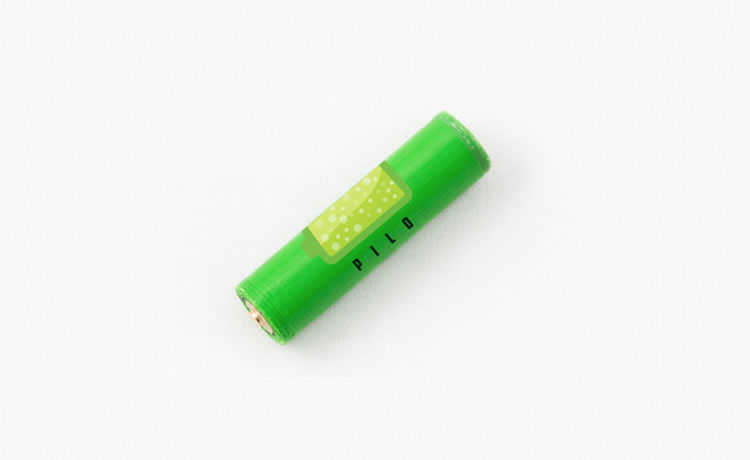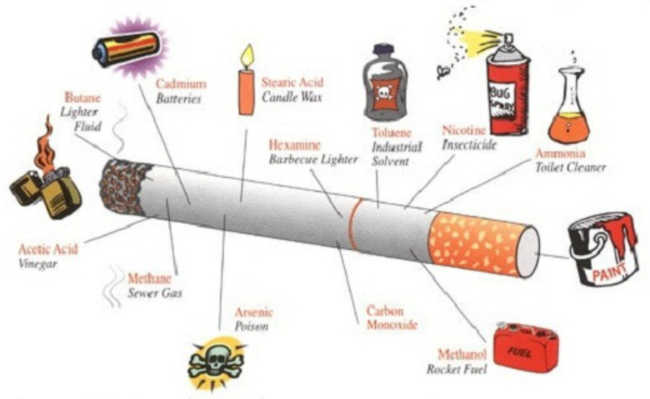Color hazard: azodyes can cause health problems
Azodyes are widely used in the textile industry due to their ease of production, low cost and wide variety of colors, but they are very harmful to health. Learn more

The use of dyes for dyeing is not a current practice. This habit already existed in the ancient civilizations of Egypt and India, for over two thousand years. Previously, the dyes used were natural, extracted mainly from plants, which characterized a very rudimentary dyeing process. With the technology, the dyes previously used were replaced by synthetic ones, which can be produced in different types of colors and shades, in addition to being highly resistant when exposed, for example, to light, washing and perspiration conditions. From a vast choice of fibers for textile production, the manufacture of dyes is concentrated, in general, on meeting the demand for dyeing cotton, nylon, cellulose acetate and polyester fibers.
Azodyes and their problems
Synthetic dyes can pose toxicological risks to human health and are directly related to exposure time, skin sensitivity, airway sensitivity and oral ingestion. Those dyes that have the azo function, identified by the presence of two nitrogen atoms connected by a double bond -N=N- (see figure 1) and soluble in water. They have shown that if given orally or if they come into contact with the bloodstream, through contact of the dye with sweat on the skin, they can be metabolized by enzymes in the liver and other organs. This metabolization leads to the breakdown of the dye molecule, generating toxic by-products such as amines, benzidines (see figure 2 and the list in table 1) and other components that have the potential to cause cancer, as cited in the monograph published by the International Research Agency on Cancer (IARC).
In an article published by researcher Claudio Roberto de Lima Souza, from the Federal University of Paraná, there is information that at least three thousand commercial azo dyes were listed as carcinogens and have no longer been manufactured in several industries. The professor at the University of São Paulo, Danielle Palma de Oliveira, points out the main problems of the health risks of dyes. "The identified risks are genetic damage caused by the breakdown of DNA molecules in cells, this mutagenic behavior can lead to the development of cancer." The researcher's studies involve 10 dyes of the azo chemical class and all had their health risk proven.
In accordance with the problems related to products containing azodyes, the European Union's Parliament and Council of Europe created Directive 2002/61/EC, which prohibits the use of dangerous azo dyes and the sale of textile and leather articles dyed with this substance. It is then up to their Member States to ensure that the products imported by them are not made with azo dyes that may release aromatic amines above 30 ppm in the finished artifacts.

Figure 1- Example of Congo Red soluble dye

Figure 2 - Benzidine


Table 1- main benzidine-based dyes
Situation in Brazil
After a meeting between the Brazilian Textile and Apparel Industry Association (ABIT) and the Dyes and Pigments Sectorial Committee of the Brazilian Chemical Industry Association (ABIQUIM), it was informed that these harmful dyes are no longer produced by the committee members for more than 20 years, ensuring that producers comply with Directive 2004/21/EC of the European Community. An agreement has even been formed with these companies that will provide statements about their products, meeting European requirements.
The companies that signed the above declaration are:
- Chimical S.A.;
- Bann Química LTDA;
- BASF S.A.;
- Brancotex Inds. Quims, LTDA;
- Ciba Esp Quims LTDA;
- Inpal S.A. Chemical Industries;
- Clariant S.A.;
- Cleomar Química Ind. Com. Ltda;
- DyStar Ltd;
- Enia Inds. Químicas S.A.;
- Lanxess.
Sanitary and ecological concern
Effluents from the dye industry or from processes involving dyeing are also another major concern. The main environmental problems of textile dyes are related to preventing the penetration of light into water bodies, affecting living beings that depend on it directly and indirectly.
The release into rivers of dyes that contain heavy metals, such as cobalt, nickel and copper, are also a major problem for the environment and human health. If these effluents penetrate the water table or the farmer uses the contaminated water to irrigate the plantations, the related problems can be many, such as the contamination of people from the ingestion of irrigated food, contamination from the ingestion of this water and the death of fauna and wildlife species. local flora. Below, see the list of dyes that have metal in their composition:

Table 2- List of dyes that contain metals in their composition
Proposals for minimizing the impacts caused by azodyes
THE eCycle tried to contact ABIT by email to question the entity about the position of other countries regarding azodyes, their exports to Brazil and the legislation that prohibits the entry of dangerous products into the country, but there has been no response so far . The population, therefore, must pay attention to the goods it buys, especially from countries that most export textile products, which do not have a proven safety certificate for these dyes. See below the table from SEBRAE - 2009, which informs which are the main exporting countries of textile products to Brazil:

Another essential point is that textile industries treat their effluents before releasing them to the sewer, as this is one of the main causes of oral contamination of azodyes. The origin of the product and the composition, especially of the dyes that were used in the product, must be informed to the population. Recycling and reusing waste, adapting and optimizing production processes, as well as replacing these toxic dyes efficiently is a good solution. And the industry must, without any restrictions, adopt methods for the recovery of already contaminated environments.
Companies that buy fabrics on a large scale without the security certificate of their origin, should be aware, because even after manufacturing, they release dyes that can be carcinogenic when washed, as in the case of azo dyes. The population can also choose to use clothes and other textile articles in their natural form, without the use of dyes, such as clothes that are made from cotton fibers that are already colored naturally by genetic manipulation - which makes the product more original it also contributes to minimizing the impacts caused by dyes.










